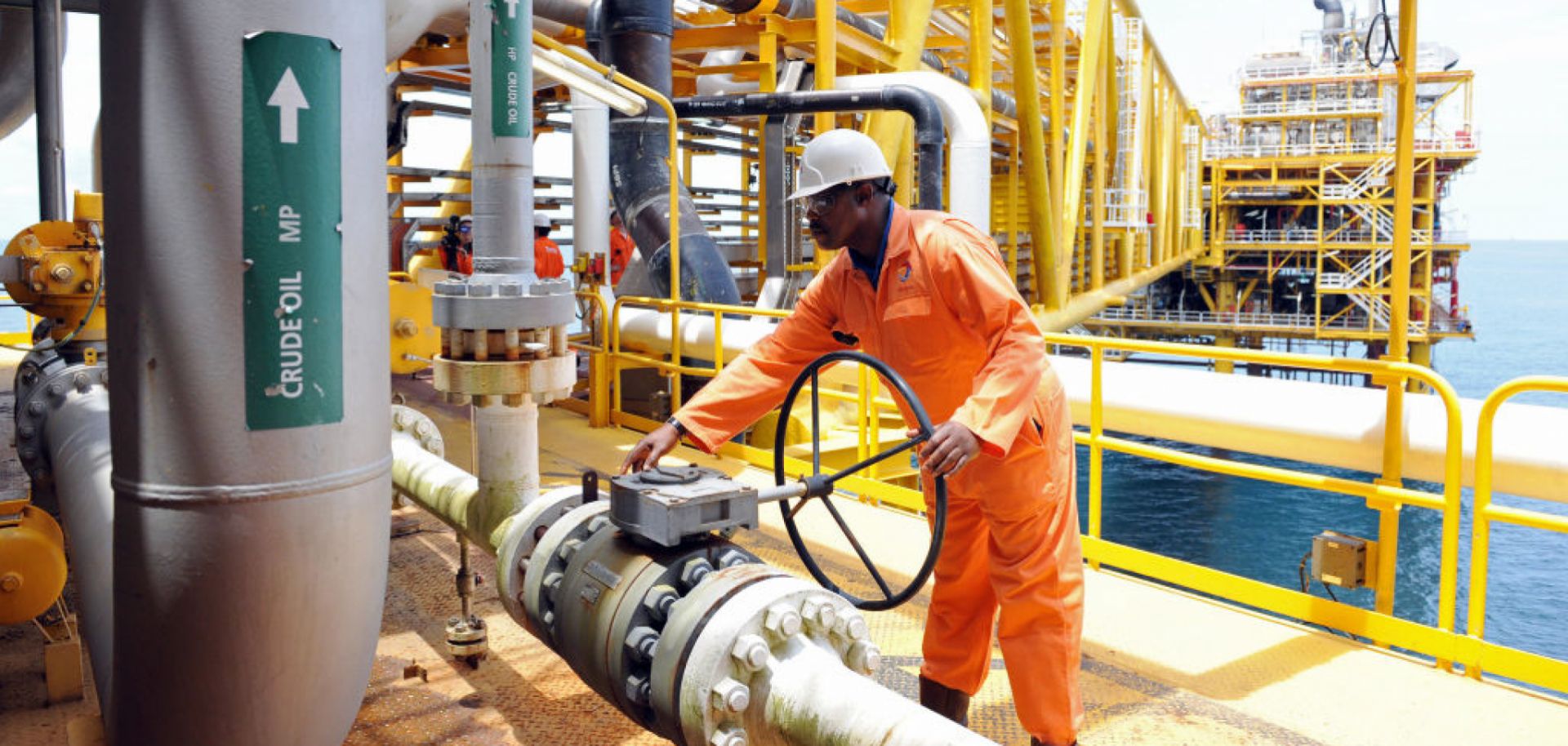Electricity distribution companies earned just N247.09 billion in income from the N359.38 billion billed to customers in the first quarter of 2023.
This is in accordance with the Nigerian Electricity Regulatory Commission’s Q1 2023 Electricity Report.
This resulted in a collection efficiency for the highlighted time period of 68.75%, as per the NERC report.
The report also noted that from 73.33% in 2022/Q4 to 68.75% in Q1/2023, the DisCos cumulative collection efficiency fell by 4.58 percentage points.
In the report, it was stated that “The total energy billed increased by 8.15% (from 332.28 billion in 2022/Q4), while the total revenues climbed by 1.41% (from 243.65 billion in 2022/Q4).
Ibadan, Yola, Kaduna, and Abuja were major contributors to the drop in collection efficiency from 2022/Q4 to 2023/Q1; their respective collection efficiencies fell by 15.50 pp, 10.20 pp, 8.49 pp, and 5.29 pp.
On the other hand, only Jos DisCo reported an increase in collection efficiency of 4.48 pp.
The NERC research claims that the decrease in electricity consumers who are metered may be to blame for the overall fall in collection efficiency in the first quarter of 2023.
Metered consumers in the country reached 5.31 million in Q1 2023, according to data from NERC, up from 5.13 million in the quarter before. This represents an increase of 3.61%.
However, according to the Q1/2023 NERC report, DisCos would continue to run several collection activities to increase post-paid consumers’ remittances.
Ibadan, Yola, Kaduna, and Abuja were major contributors to the drop in collection efficiency from 2022/Q4 to 2023/Q1; their respective collection efficiencies fell by 15.50 pp, 10.20 pp, 8.49 pp, and 5.29 pp.
On the other hand, only Jos DisCo reported an increase in collection efficiency of 4.48 pp.
The NERC research claims that the decrease in electricity consumers who are metered may be to blame for the overall fall in collection efficiency in the first quarter of 2023.
Metered consumers in the country reached 5.31 million in Q1 2023, according to data from NERC, up from 5.13 million in the quarter before. This represents an increase of 3.61%.
The National Mass Metering Programme which is supported by the Central Bank of Nigeria, and the Metre Asset Provider scheme, which is being implemented by the DisCos, are two examples of metering programs that the Commission aims to better monitor in order to remedy the problem.
It is significant to note that the Manufacturers Association of Nigeria warned that the World Bank-funded Phase II of the NMMP displaces local Nigerian meter producers and contravenes CBN guidelines after the implementation process of the NMMP Phase II World Bank-funded supply of 1.2 million smart energy meters to the country.
The average remittance performance to the Nigerian Bulk Electricity Trading Plc in the highlighted period was 67.62% compared to 77.31% in 2022/Q4 (a -9.69-pp decline), according to the Q1/2023 NERC report.
The 32.37% that wasn’t paid to NBET, according to NERC, presents a problem for the industry.
This is due to the underpayments made by generation firms as a result of the shortfall, which may limit their capacity to fund essential maintenance tasks necessary to maintain generation availability.
Remember that a significant source in the electricity sector told Nairametrics in July that GenCos would be unable to perform the required system overhauls required by the multi-year tariff order every four years without cost-reflective pricing.
In the meantime, periodic overhauls are necessary to keep gas-fired power plants operating effectively and continuously.











